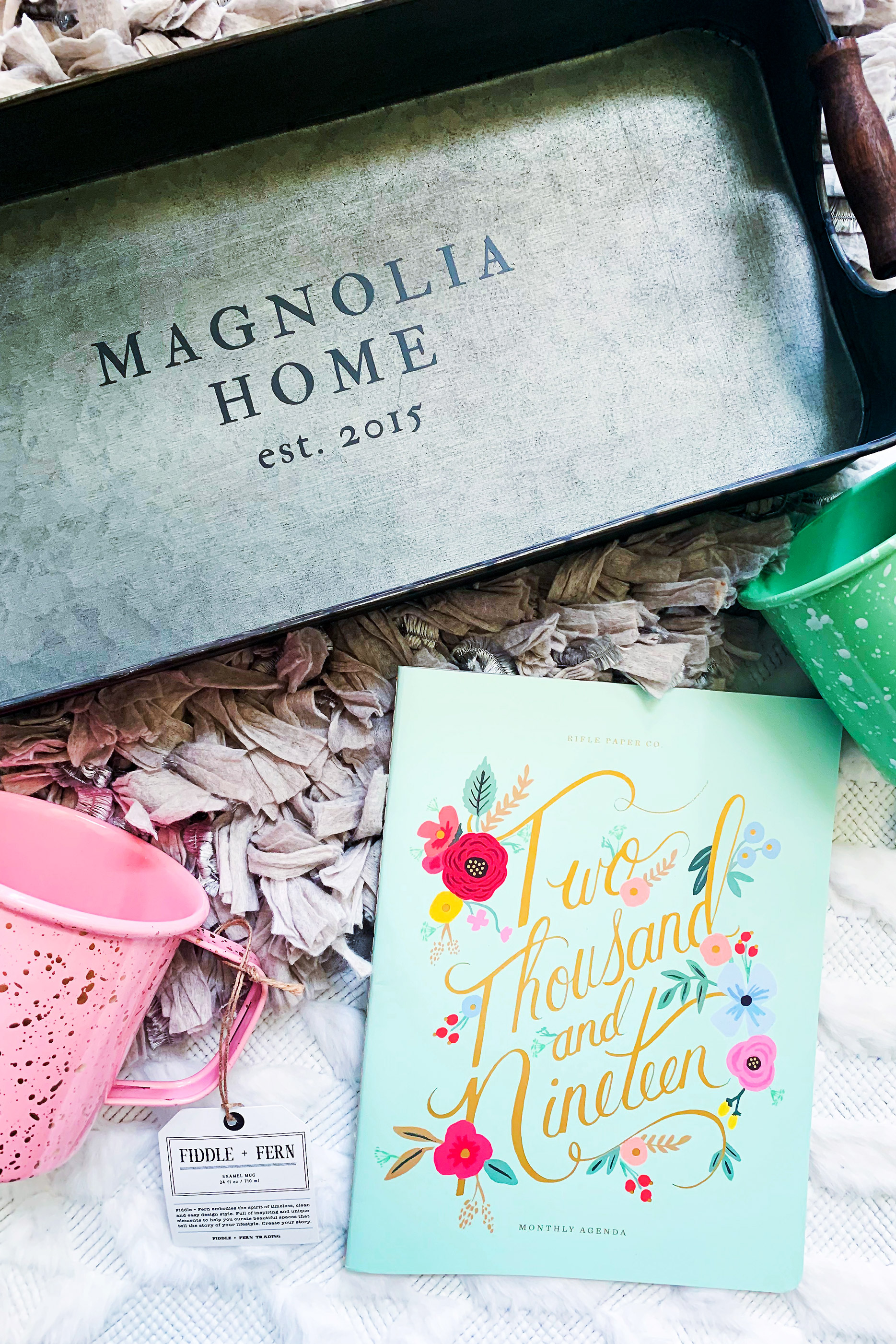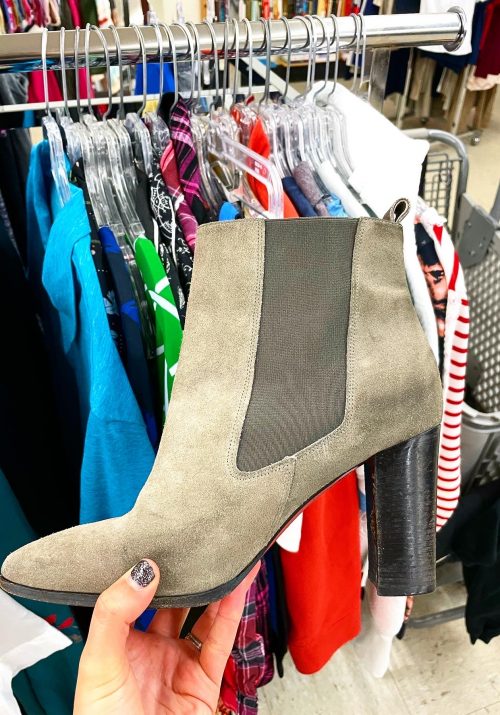
In last week’s post, I shared the daily Poshmark and Mercari routine that I follow in order to make daily sales. (Be sure to check out that post HERE). Many of you expressed that you wanted to learn more about my Poshmark pricing and discount strategy so I thought that it would be helpful to share it in a separate post. That being said, today, I want to share with you a deeper look into my Poshmark pricing and discount strategy for 2025.
My Approach to Pricing On Poshmark
Since I started selling on Poshmark in 2013, I have never had a consistent pricing strategy. The reselling world is constantly changing and as a result, no aspect of my business has ever been definitive. As a result, I have approached my reselling business differently every year. In 2025, one of my main goals is to get a really good handle on my pricing strategy in order to maximize daily sales. As much as having in-demand inventory contributes to the success of a reselling business, pricing is an equally important factor that many people, including myself, struggle to perfect.
When it comes to pricing items, there are many questions to consider such as:
What are my cost of goods?
How saturated is this item in the market?
What is the market value of this item?
What are other people selling this or a similar item for?
How much is my time worth?
I would love to sit here and tell you that I have perfected the reselling pricing formula but the reality is that I am far from it. Instead, it might be more helpful for me to share how I approach each of these questions based on my experience and experimentation on Poshmark.
(1) Cost of Goods- How much a seller is willing to pay for an item is something that only the seller knows. There are many factors that go into play when it comes to deciding whether an item is worth the price when sourcing. Personally, I determine whether or not an item is worth its’ cost based on its’ profit margins. I will do some research to determine the market value of the item and if the item fits my criteria for profit margins, then I will get it. If not, I will pass on the item.
(2) Item Saturation- Item saturation plays a big role in whether or not I will pick up or pass on an item. If an item is not saturated in the market, then there is a greater probability that I will pick it up. If an item is saturated in the market, I will either pass on the item or undercut the competition when I price the item in order to increase its’ chance of selling. The more saturated an item is on any reselling platform, the harder it is going to be to sell the item as there will be more competition.
(3) Market Value- The market value of an item is an important factor for me when it comes to pricing. I always want to try to price my items around the market value of the item. Sometimes, I will even price a little bit lower than the market value to be slightly more competitive.
(4) Competition- Before pricing an item, I will always try to find it on various reselling platforms to see what current items are listed for and what previous items have sold for. This gives me a starting point when it comes to pricing my items as it gives a range of price points to consider. The more research that I do on an item, the easier it is for me to determine a fair price.
(5) The Cost of Time– Many resellers don’t place a value on their time. I find that my time is valuable and because of that, I will pass on items that don’t leave me enough in profit margins.
My Discount Strategy for 2025
I’ve learned over the years that Poshmark does reward users who are consistently active on the app. Specifically, users who engage with the platform through sharing listings, adding new items, sending offers-to-likers and following other Poshmark accounts. Knowing this, I try to incorporate these actions into my daily Poshmark routine in order to set my account up for success (more on that HERE).
In 2025, I have been experimenting with discount strategies through both offers-to-likers and price drops. For my offers-to-likers strategy, I will typically send out offers every day except for Saturday. When someone initially likes an item, PosherVA will automatically send out a 10% offer. Throughout the week, I will then send out offers in 5% increments. This applies to all items that have been listed for over 2 weeks; Any items that have been listed for under 2 weeks, I will only discount up to 25%. I have found that when I do this, I am much more likely to receive offers. This is especially true with items that have a lot likes.
Below is my offers-to-likers schedule for the week:
Monday- 15%
Tuesday- 20%
Wednesday- 25%
Thursday- 30%
Friday- 35%
Sunday- 40%
You’re probably wondering, How are you pricing your items to account for the offer-to-likers discount?
Good question.
Items that are in very high demand will typically sell for me within the first few weeks of being listed. As a result, I will send out a maximum offer of 25% for the first 2 weeks that it is listed. If a very high demand item is not selling at a 25% off discount, then I will increase the discount in 5% increments. These items will typically sell well before I send out the 40% off offers due to their demand. Knowing this, I will price my high demand items accordingly. With items that aren’t getting as much attention, I have no problem sending out 40% off offers because it simply means that buyers are readily looking for that item for a variety of reasons. I will simply use this data to help me to determine which items are not worth sourcing moving forward.
For my price drop strategy, I have found success with lowering the price of items that I plan on liquidating. I will usually lower prices a week or so before I liquidate them. By doing this, I am able to get a little bit more for an item than I would at a buy-sell-trade store and it is easier for me to pull the items that I need to bring in for liquidation. This year, I have been liquidating on a regular basis so that I can recoup my investments and invest in better inventory. In previous years, I would only liquidate a few times throughout the year. Now, I try to liquidate every month or so because it has not been beneficial for me to keep items that have little to no interest at various price points.
I hope that you find this post helpful! If you have any questions or just want to chat, please reach out!
If you don’t already, be sure to check out my Instagram for more Reselling Tips at @ RecycledRosesGuide (Click HERE) and my Facebook page HERE.
You can instantly shop all of my looks by following me on the LIKEtoKNOW.it shopping app HERE.
To get email notifications for my next blog post and to receive my monthly Reseller Recap (with freebies), sign up for my emails below:
Baci,



